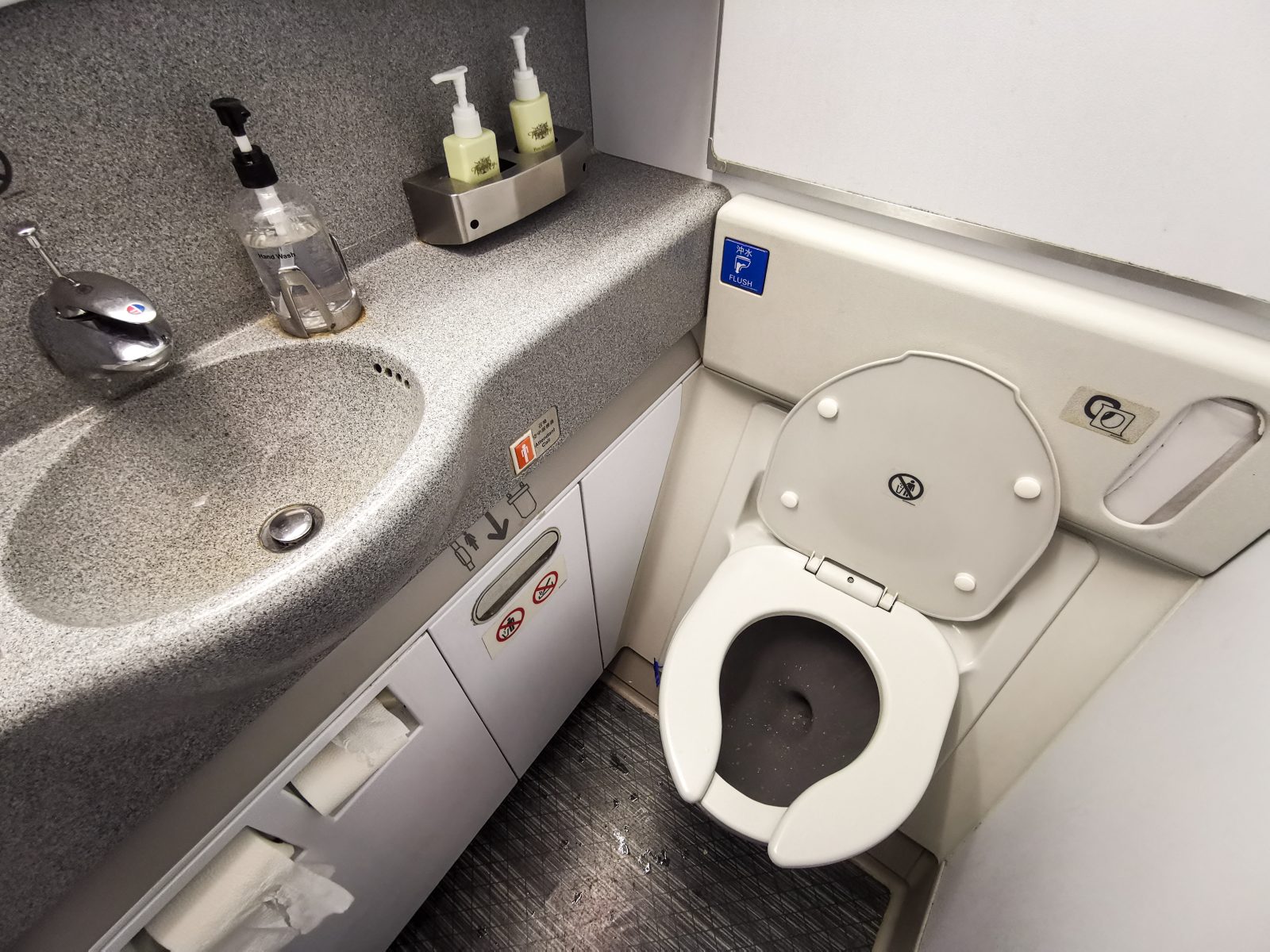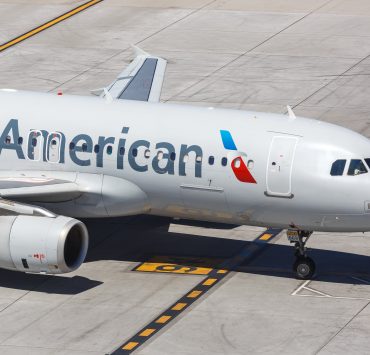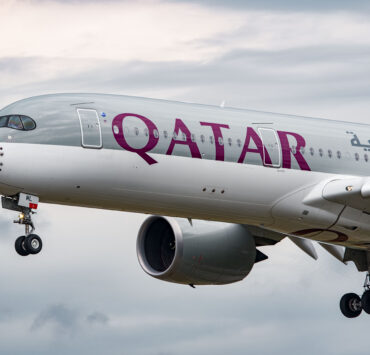
The Biden-Harris administration is getting closer to publishing a final rulemaking that will require airlines to install accessible lavatories on single-aisle aircraft. Earlier this week, Vice President Kamala Harris called the lack of accessible restrooms on domestic flights “absolutely unacceptable” and promised to “end this inequity”.
The Air Carrier Access Act is meant to prevent airlines from discriminating against disabled Americans, but it doesn’t actually set out specific ways that carriers are meant to avoid discrimination.
Along the way, the requirement to install accessible lavatories on widebody aircraft has been enshrined in law, whereas no such requirement currently applies to single-aisle jets.
The thinking was that widebody aircraft not only have more space for larger accessible lavatories but that they’re also used primarily for long-haul flights where there’s a general expectation that passengers will need to use the restroom.
Single-aisle jets, however, were traditionally seen as a short-haul workhorse where disabled customers would just be expected to hold themselves.
But as the Department of Transportation (DOT) points out, single-aisle planes are being increasingly used for longer-range flights. Aircraft manufacturers like Airbus are specifically developing planes like the A321XLR to open up new markets – XLR stands for (e)xtra long range.
In the past, it was generally accepted that accessible lavatories had to be larger so that a disabled person could be helped to the lavatory by a companion or helper. On some widebody aircraft, there’s generally at least one lavatory which is larger than the others for this exact reason.
In some cases, two lavatories can be combined by using a moveable wall divider.
This kind of solution has been proposed by aircraft manufacturers on single-aisle aircraft, although there is now the belief that standard-sized lavatories can be made accessible with various adaptations.
The DOT has looked at one solution introduced by Airbus which provides a fold-down transfer seat and various grab handles to help wheelchair-bound passengers get from chair to lavatory within the confines of a relatively small restroom.
This could potentially be one way that airlines will comply with the final DOT rulemaking if it looks anything like the proposed rule, which states that all new aircraft with a capacity for 125 or more passengers must have at least one lavatory of “sufficient size” to:
- Allow a disabled person to enter, manoeuvre and use the lavatory facilities
- Allow an assistant to assist the disabled person in getting to the lavatory
The proposed rulemaking would only apply to newly built aircraft and there is also the possibility that the rule would only apply to aircraft delivered 20 years after the rule is made law.
Mateusz Maszczynski honed his skills as an international flight attendant at the most prominent airline in the Middle East and has been flying throughout the COVID-19 pandemic for a well-known European airline. Matt is passionate about the aviation industry and has become an expert in passenger experience and human-centric stories. Always keeping an ear close to the ground, Matt's industry insights, analysis and news coverage is frequently relied upon by some of the biggest names in journalism.









